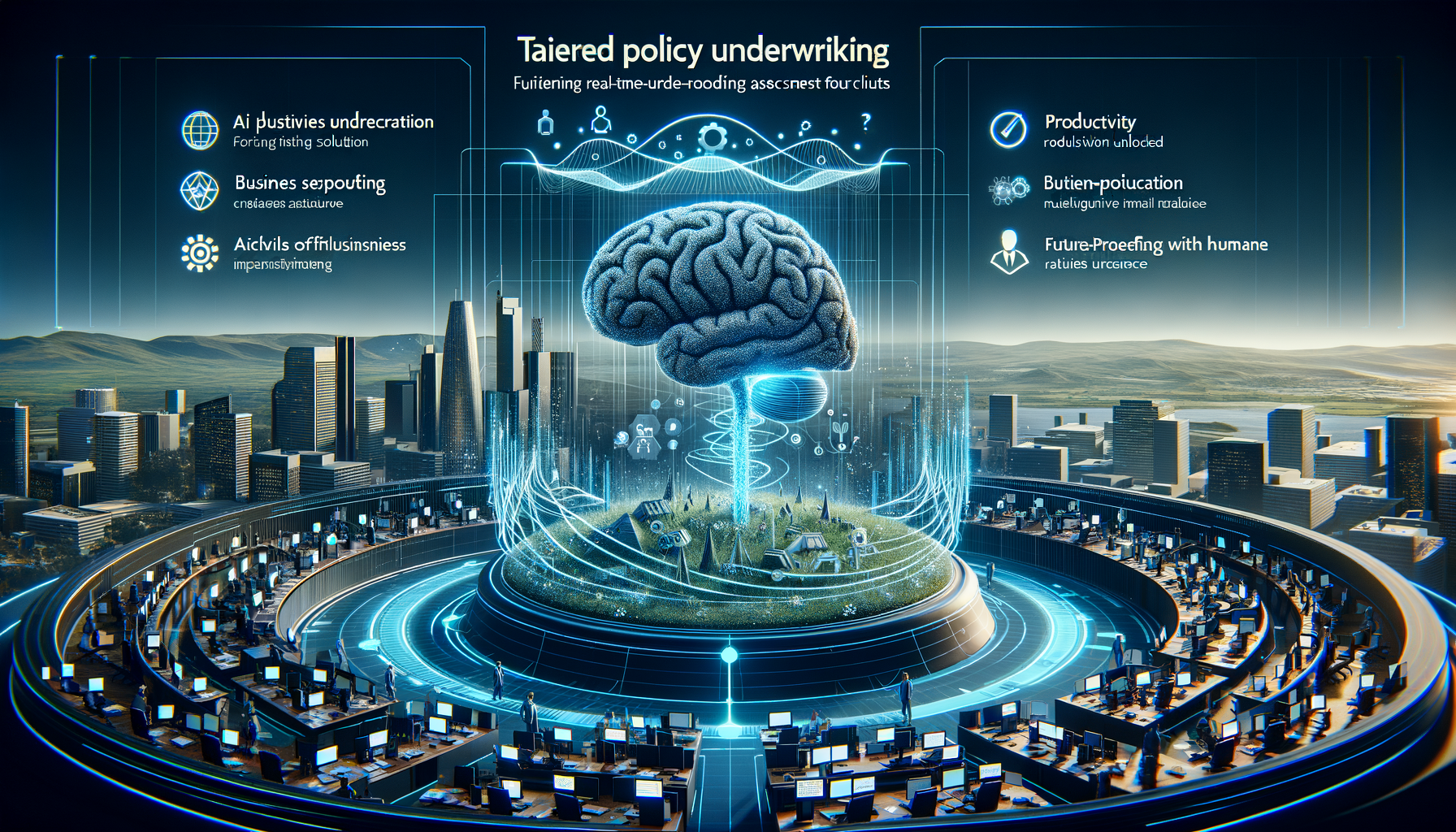Unlocking Potential
AI-Driven Risk Assessment
Reimagine Business Processes
Transforming Risk Management with AI Precision and Speed
One of the leading insurance firms, SafeGuard Insurance, faced significant challenges in risk management and operational efficiency. With an extensive customer base and a vast array of policy offerings, the company struggled to maintain precision in risk assessment and decision-making. The traditional models they relied on for assessing risk were cumbersome and often outdated, leading to slower underwriting processes and increased chances of inconsistencies. Additionally, fraudulent claims were becoming a significant concern, draining resources and impacting the credibility of the firm. SafeGuard also grappled with customer retention issues as clients increasingly demanded quicker services and personalized interaction, areas in which SafeGuard was lagging behind its competitors. The company realized that to remain competitive and improve service delivery, it needed to overhaul its approach by embracing modern, intelligent technologies.

Work with QuantalAI
Capabilities
Watch
The Key to Productivity and Efficiency in Insurance Sales (Ep. 30)
We discuss agent Mckinley`s question in this week`s episode on productivity and efficiency in life insurance sales. Learn the best...








